Of the numerous tools that allow us to connect and reach our clients, digital platforms offer many options to choose from. Whether it's having a web presence, utilizing social media, conducting webinars, or employing QR codes, the digital realm provides a plethora of avenues for engagement.
Regardless of whether you have an established brand or are in the process of developing a business idea or growing your business, one essential aspect is communicating effectively with your customers.
Here, I am going to share with you a couple of very simple tools that will help you speak your ideal customer's language.
Why do we do this?
- To save time
- To eliminate doubt
- To avoid trying to cover all bases exhaustively
Instead, focus on those you want to engage with and who want to hear from you. It's with these clients that you want to build lasting relationships and, of course, save money. The cost per sale for returning customers is way more cost-effective. But in order to do that, you need to be speaking their language.
One thing to remember more than anything else:
To be understood,
you must first understand.
This means that unless you have taken the time to understand your customers, you will be unable to relate to them, and they won’t grasp the value you have to offer. To build relationships, you need to communicate; to communicate, you need to connect. And in order to connect, you need to speak the language of your ideal customers.
How many times have you created a post on social media, for example, that you think is amazing, only for it to fall flat? Other times, you post something and are surprised by the overwhelming response. It's simply because one resonated with the audience and the other didn’t.
So, without further ado, I am going to share with you a method for speaking your customer's language. If you don’t already have a pen and paper, I would encourage you to grab one. You will have access to the slide deck to go over this in your own time if you miss anything.
Step 1:
Truly know yourself and your business.
This is a tool I like to use called the Johari window – developed by two individuals named Jo and Harry. It's a box divided into four quadrants, helping us interrogate ourselves and our business. The quadrants are:
- The Open arena (Known to you)
- The Blind spot (What others know/believe)
- Hidden (Known to you, but not to others)
- Unknown (The future)

I encourage you to do this exercise at your leisure. Try hard to consider what it is that you know about your business and yourself that would be beneficial if others knew. The top left box, known as the Open arena, is crucial, as it holds the key to what you will want to communicate.
Step 2:
Build up an ideal client avatar.
Consider their family status, likes, hobbies, work, interests outside of work, cultural influences, and more. Build your client avatar, know them, give them a name, so that instead of saying "my client," you refer to individuals. Create these avatars for both female and male clients, and if you do not know, research and ask people – don’t second guess them.
Step 3:
Identify your preferred communication style.
This will help you understand how you naturally communicate and how to adjust it to better connect with your clients.
By understanding yourself, your business, and your ideal client, and by modifying your communication style accordingly, you can better connect with your audience. Building connection, trust, and meaningful relationships is key to long-term success.
Remember, to be understood, you need to first understand. This simple method can significantly improve your communication with your ideal client, ultimately leading to stronger relationships and brand loyalty.
Red
Creative, Ideas and opportunity Driven
This communication style is passionate, often visual and expressive
Purple
Principles, trust, growth, and process focussed
This communication style is Frank and purposeful, they like to say it as it is
Peach
Relationship driven, empowerment, and agreement
Informal in communication style, ideally face to face.
Green
Control, Organise, Planning for success
These like lists and monologues that are fact loaded
Grey
Direction, Results, Driven, Leadership
Love to give order and will often tell the practitioner what they should do
But can be charming and ingratiating some say a bit creepy.
Blue
Communication, Idea sharing and selling
Enthusiastic, anecdotal, comfortable with the attention
Brown
Action, Getting things done
Prefer to only communicate when necessary, prefer to let the actions do the talking
Yellow
Factual, Correct, Analysis based, Evidenced
Unemotional, clear, precise and likes to refer to facts Comfortable with a spreadsheet

Step 4:
Identify your clients (avatar's) preferred communication style.
You now need to repeat the process however instead of choosing colours for you. Choose a colour that best reflect your ideal customer. Think about them, visualise them.
So you should have a predominant colour that reflects your ideal clients.
I'm going to go through these colours again this time how to communicate with them.
Red
Explain the big idea first, start with detail and you have lost them.Use pictures, sound, video, this will really entice them – sell them the sizzle. Do not be stagnant, expect them to interrupt or join in. Once this happens you have an advocate.
Purple
These are opinionated and strong beliefs so you will need to accept that they will appear to know it all, find areas on which you can agree, be straightforward with facts and they will be your biggest allies.
Peach
Unhurried, they are more likely to want to take time, understand your history, they want to know that you care, ask about them their “situation” Listen, highlight the caring aspects and show empathy.
Green
Keep it simple unemotional, logical, uncomplicated and demonstrate why it works, they are not so interested in whether its right – just will it work? Concentrate communicating what needs to be done, eliminate uncertainty wherever possible.
Grey
Depending on circumstances, kep it short and to the point. Take their lead if they are known to you already, be respectful and courteous, they like it when others make an effort. As a regular client, stick to protocol. If they are new, keep it short, remember to follow their lead.
Blue
Communicate with anecdotes that have a buzz and they are on your side. Keep it short, exciting and to the point. They also love a bit of gossip so if you are able to spin a yarn they will love that. As with reds, sell them the sizzle, not just the sausage.
Brown
Focus on action and cover the practical features of what you are trying to communicate, if you recognise you are losing them, move on – leave space for questions and have answers ready –they hate communicating at the best of times and want answers on demand.
Yellow
These will see straight through any product or service that is not supported with research. Give them as much credible data as is possible and ensure it makes sense. The yellow will want to more than any other colour rationalise their emotions with logic.
Once You have this information you can identify if you speak the same language of your ideal client or not.
If you don’t naturally speak the same language, and let me say you can add your own tone and personality to any of the colours and the traits I have described, but if you are not speaking the language of your clients you may as well actually be speaking a foreign language.
The content may be great however they will not hear what you are saying because they do not recognise a style that works for them and as a brand this is all about your clients – you don't have a business without them.
In Conclusion
To conclude what we are doing is building an understanding of you, your business and your preferred communication style. We are assessing the ideal client and how they like to communicate and we are modifying how we speak.
In the same way as talking with children, we modify to communicate in ways they understand.
The take out from this should be in order to be understood, you need to first understand.
This is just one simple method of how to improve your communication with your ideal client. Build connection, build trust, build meaningful relationships.
If you can demonstrate that you understand the person in front of you, time and time again if you can deliver your brand promise time and time again you are building connection.





Share:
The Perfect Brand Colour
The Art of Sharpening a Pencil…